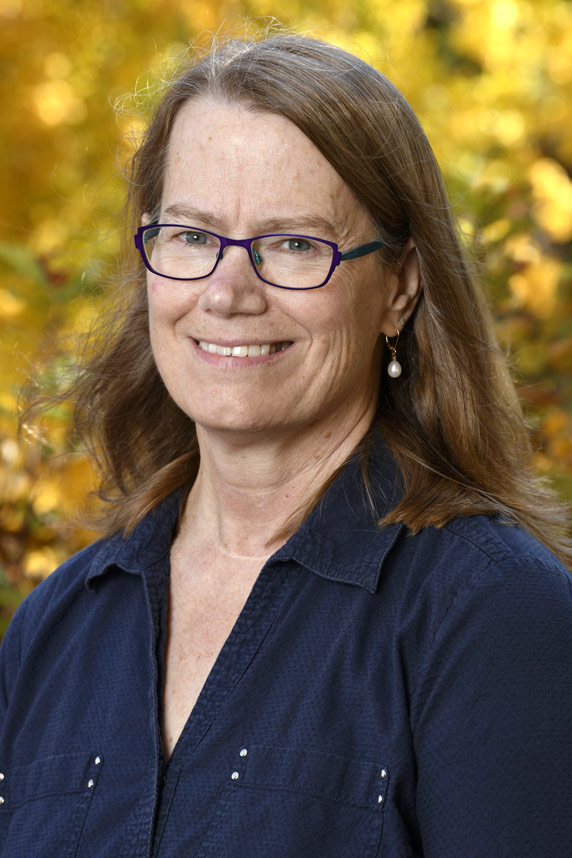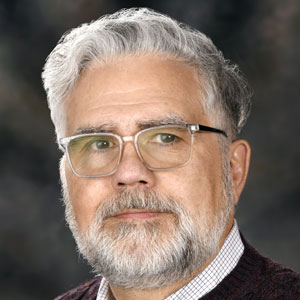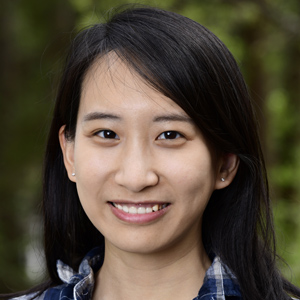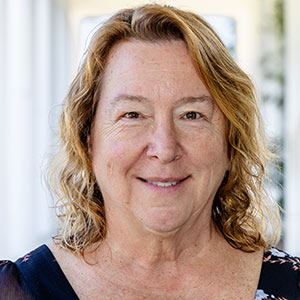The American Association for the Advancement of Science (AAAS) has elected Carmen Williams, M.D., Ph.D., to its newest class of fellows. The lifetime honor is one of the highest distinctions in the scientific community. AAAS is the world’s largest general scientific society and publisher of the Science family of journals.

Williams was recognized for her distinguished contributions to reproductive and developmental biology, particularly elucidating the mechanisms underlying fertilization and early mammalian development.
“I was incredibly honored to discover that my body of research on fertilization mechanisms was considered important enough for a nomination as an AAAS Fellow, and I am grateful to the nominators and selection committee,” said Williams. “Moving forward, I hope to help outstanding reproductive biologists be recognized for their accomplishments in a similar way.”
Williams came to NIEHS, where she leads the Reproductive Medicine Group, in 2007 and became Deputy Chief of the Reproductive and Developmental Biology Laboratory in 2017.
Seminal contributions
The focus of Williams’s research is on the basic reproductive biology of embryo development and how the environment impacts reproduction. Among Williams’s most important research accomplishments to date is the discovery of mechanisms that control how well calcium signaling works in very early embryos just after fertilization. This process is important because calcium signals, which are responsible for changing an egg into a developing embryo at the time of fertilization, not only control how well embryos develop but also influence the long-term health of the offspring.
Williams attributes much of her success to the highly collaborative research environment and outstanding community of scientists at NIEHS.
“My interactions with other NIEHS investigators raised my level of understanding of their research areas and encouraged me to pursue questions that were somewhat outside of my comfort zone,” said Williams. “This ultimately improved the depth and breadth of my own studies and led me to ask and answer more complex and important questions.”
Driven by curiosity
Williams said she fell in love with the process of fertilization even before she learned how to do basic research, while she was still a medical student. She obtained her medical degree from Duke University School of Medicine and completed a residency in Obstetrics and Gynecology at Pennsylvania Hospital, and a fellowship in Reproductive Endocrinology and Infertility at the University of Pennsylvania. She subsequently completed a Ph.D. in Molecular and Cell Biology and postdoctoral training at Penn.
“I love to figure out how things work, and ideally how things work that are relevant to human fertility,” said Williams. “Fertilization takes two cells, the sperm and egg, which are on a trajectory towards death in just a few hours, and merges them into a one-cell embryo that can form a whole new individual. How does that happen? Why does it go wrong? How does the environment affect how well it works and as a result, influence offspring health?”
Citations:
Savy V, Stein P, Shi M, Williams CJ. 2022. PMCA1 depletion in mouse eggs amplifies calcium signaling and impacts offspring growth. Biol Reprod 107(6):1439-1451.
Gambini A, Stein P, Savy V, Grow EJ, Papas BN, Zhang Y, Kenan AC, Padilla-Banks E, Cairns BR, Williams CJ. 2020. Developmentally programmed tankyrase activity regulates β-catenin and licenses progression of embryonic genome activation. Dev Cell 53(5):545-560e7.
Bernhardt ML, Stein P, Carvacho I, Krapp C, Ardestani G, Mehregan A, Umbach DM, Bartolomei MS, Fissore RA, Williams CJ. 2018. TRPM7 and CaV3.2 channels mediate Ca2+ influx required for egg activation at fertilization. Proc Natl Acad Sci U S A 115(44):E10370-E10378.
Miao YL, Gambini A, Zhang Y, Padilla-Banks E, Jefferson WN, Bernhardt ML, Huang W, Li L, Williams CJ. 2018. Mediator complex component MED13 regulates zygotic genome activation and is required for postimplantation development in the mouse. Biol Reprod. 98(4):449-464.
Jefferson WN, Kinyamu HK, Wang T, Miranda AX, Padilla-Banks E, Suen AA, Williams CJ. 2018. Widespread enhancer activation via ERα mediates estrogen response in vivo during uterine development. Nucleic Acids Res. 46(11)5487-5503.
Winuthayanon W, Bernhardt ML, Padilla-Banks E, Myers PH, Edin ML, Lih FB, Hewitt SC, Korach KS, Williams CJ. 2015. Oviductal estrogen receptor α signaling prevents protease-mediated embryo death. Elife 4:e10453.
(Marla Broadfoot, Ph.D., is a contract writer for the NIEHS Office of Communications and Public Liaison.)









